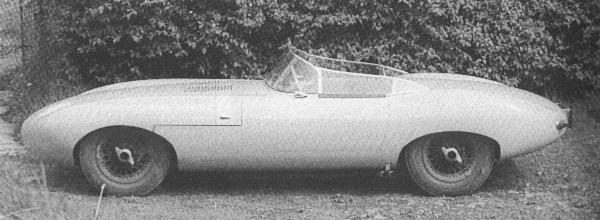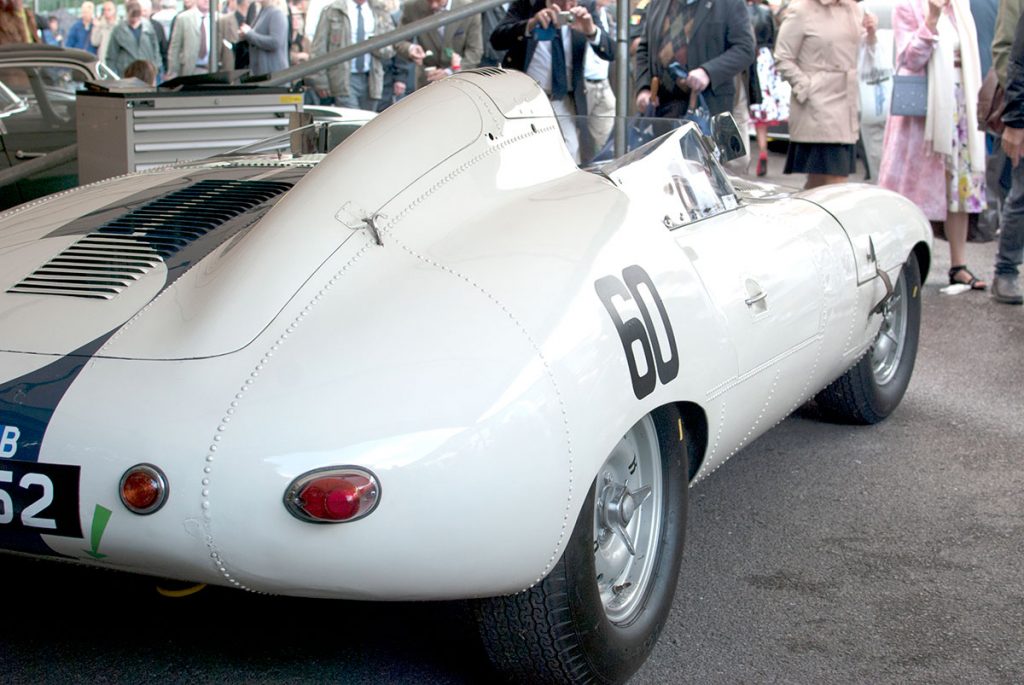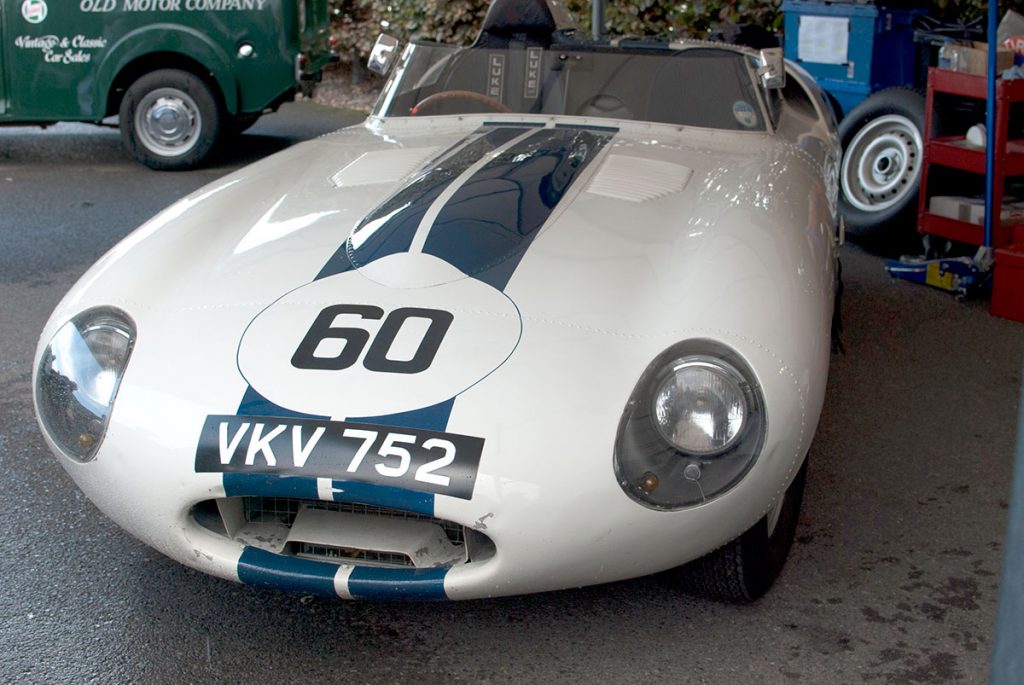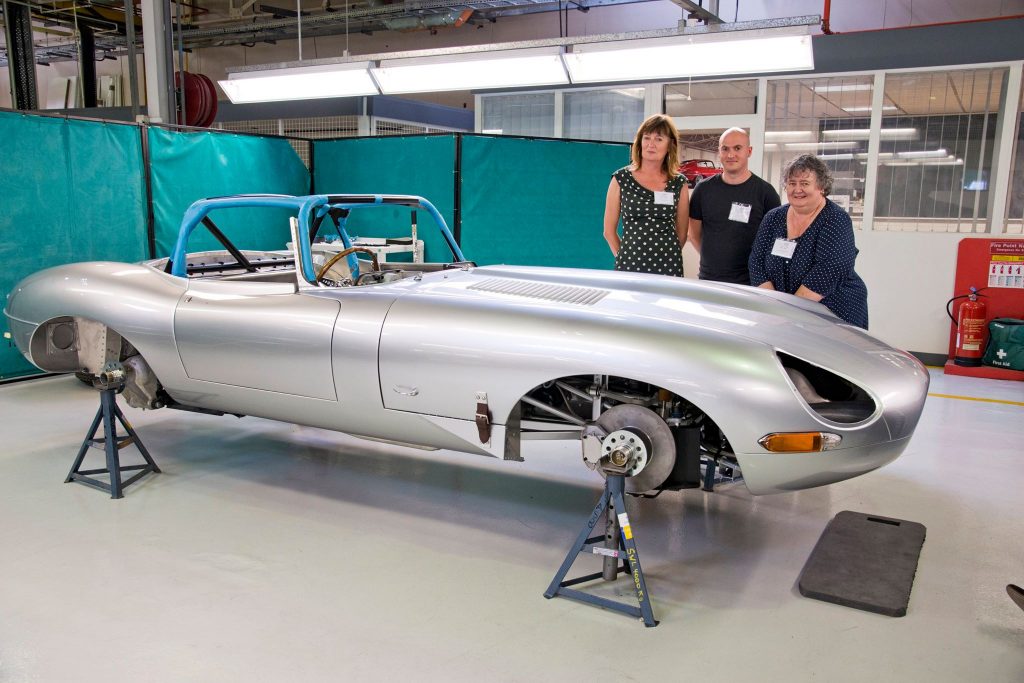Following on from the D-type not only in alphabetical order but in styling cues, the E-type (or ‘XKE’) was developed as a road car, replacing the XK150. With the success of the C and D-types on the track, the E-type hit the road going market at just the right time, originally offered as a two-seater coupé form (FHC or Fixed Head Coupé) and as a two-seater convertible (OTS or Open Two Seater).
The Series 1 E-type was immensely popular, with 38,419 being built, many of which were exported around the world, primarily to America where it is known as the XKE. As it proved popular in America, a number of modifications were made which brought about the Series 2 E-type as the modifications were applied to all the newer cars. Due to US laws, the headlights were altered, a wrap-around rear bumper was introduced, re-positioned and larger front indicators and tail lights below the bumpers, an enlarged “mouth” which aided cooling but detracted for the Series I design purity. The Series 2 also heralded the introduction of the ‘2+2’ 4 seater, with a longer wheelbase to accommodate the extra passengers.

E1A
Before the E-type as we know it now, were 2 hybrid versions – E1A and E2A – each offering advances of the D-type design and form a natural bloodline between the D and E-types. E1A was never released publicly and was scrapped by Jaguar. E2A (seen below) was raced at Le Mans before being bought by Briggs Cunningham and shares the fin and windshield design of the D-type, however the front shows clear visions toward the E-type styling.

E2A – seen at Goodwood Revival, 2011 © Malcolm Sayer Foundation

E2A – Front
Whilst the E-type was picking up momentum on the roads, in 1962 a lightweight aluminium car was built, known as the Low Drag Coupé. Malcolm Sayer retained the original tub with lighter outer panels riveted and glued to it. Keeping front steel sub frame, the now perspex windshield was given a more pronounced slope, and the rear hatch was welded shut.
This set the tone for the Lightweight E-types (LWE), of which 12 were made before the programme was shut down. One of the most famous cars, 4868 WK (‘the Lindner/Nöcker’) was modified into a low drag coupé and raced at Le Mans, proving a strong contender to the Ferrari 250s but after several mechanical problems, proved unsuccessful. Peter Lindner, who raced the car, was tragically killed whilst racing it, nearly destroying the car. The car has since been restored.
Of the 18 registered, only 12 LWEs were made, and in 2014 Jaguar announced they would build the final 6. Members of the Sayer family were invited to see ‘car zero’ being built, seen below.

In 1971, 10 years after the E-type launched, the Series 3 E-types brought about the 5.3 L twelve cylinder V12 Engine, along with other upgrades and significant design modifications to accommodate the engine and lengthen the car to provide more legroom. The modifications were not at all to Malcolm’s liking, and after a run of 14 years and over 70,000 E-types built, Jaguar ceased production.

